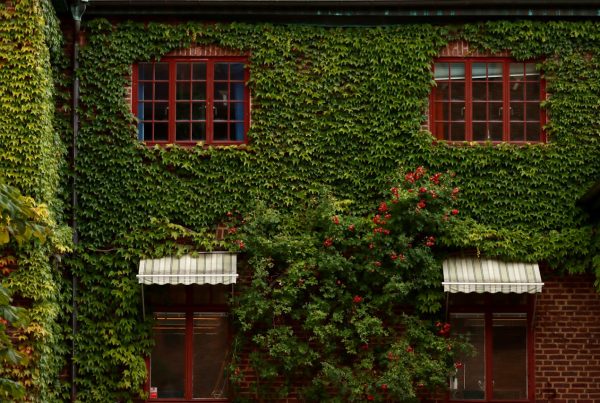Back when BEE was still working on naked Stables, it was still LEED 2009. Targeting a LEED platinum certification, the resort merged 5-star luxury hospitality with pure honest-to-goodness sustainability.
It wasn’t until 2013, with the launch of LEED v4, that the hospitality sector (among other new markets such as data centers, warehouses and distribution centers, schools) would have its own distinct set of green building standards. And since then, hotels have had a new humbling goal to aspire to, to set themselves apart from the competition. Luxury hotels that gracefully include sustainability in their bottom line mean serious business especially for eco-conscious clients.
LEED v4’s Impact on Green Hotels
Thanks to LEED, USGBC’s strict standards were fine-tuned to accommodate hotel projects. Previously, LEED 2009 better suited commercial office buildings or residential spaces. Hotels, meanwhile, were uncomfortably positioned in between, being both of commercial and residential nature. LEED v4 came to the rescue by allowing hotel projects to be exempt from specific requirements.
LEED v4 made it possible for green hotels to get credit even when they’re not located in a densely populated area, as in the case of retreats and resorts which deliberately distance themselves from the bustle of city life. Under LEED 2009, these hotel projects won’t be able to qualify for a Development Density credit. Now, as long as the hotel has proximity to other commercial establishments, not necessarily a residential development, they can still earn a credit.
Another concession given to hotel projects in LEED v4 is with regards to lighting pollution. Previously, LEED 2009 required commercial buildings to ensure interior light doesn’t spread out of the windows and contribute to light pollution, through the use of shading. Speaking of interior, it’s one other aspect that can significantly improve a hotel’s energy efficiency, specifically ingenious daylighting and use of new generation LED lights.
And LEED’s impact has been positive so far. A study made by the Cornell University found out that LEED certification can boost hotel revenue because of the fact that water and energy used in lighting and HVAC are being used as efficiently as possible, thereby cutting operation costs. Ninety-three LEED-certified hotels were pitted against 514 non-LEED hotels. The verdict is that the former had “superior financial performance”, proof that LEED buildings indeed give back.
Perhaps, an even more compelling reason to go green, up to 85{e3829ec1db02d54faaf9fa2de0d48db26af01d7a7944a63c3b26976124791cab} of travelers say they prefer to stay at a green hotel, that is if they won’t have to pay the exorbitant fees that usually come with green establishments.
Changing Guests’ Mindset
And yet, not all travelers happen to be eco-minded consumers. Hotel guests actually tend to waste more water in the shower than when they’re at home. It’s a behavior that prevails probably because hotels are looked at as venues for luxury and extravagance, and also because hotels rarely track down usage anyway, and because everything has been paid for already anyway.
Last February, the EPA (U.S. Environmental Protection Agency) challenged hotels to use best management practices to save water and money, specifically via their WaterSense program. Here, green hotels are encouraged to track water usage, upgrade to water-saving restroom and shower fixtures, and, yes, ask guests if they would like to reuse their towels and bedsheets.
This just goes to show that sustainability shouldn’t be just evident in a hotel’s design choices, and its technology and architecture. The goal to sustainability of green hotels can also be geared towards inspiring attitudes and mindsets.
At naked Stables, sustainability is ingrained in the retreat’s very operation—from the way it encourages its guests to conserve water and compost their biodegradable waste to the healthy menu made from ingredients grown and produced on-site.
LEED v4 can only do so much in terms of making sure a hotel building performs as efficiently as possible. But when hotel guests are made aware about sustainability as a bottom line (not just as a selling point), then their stay becomes a more meaningful retreat whose eco-green inspirations are something they can take home with them.











